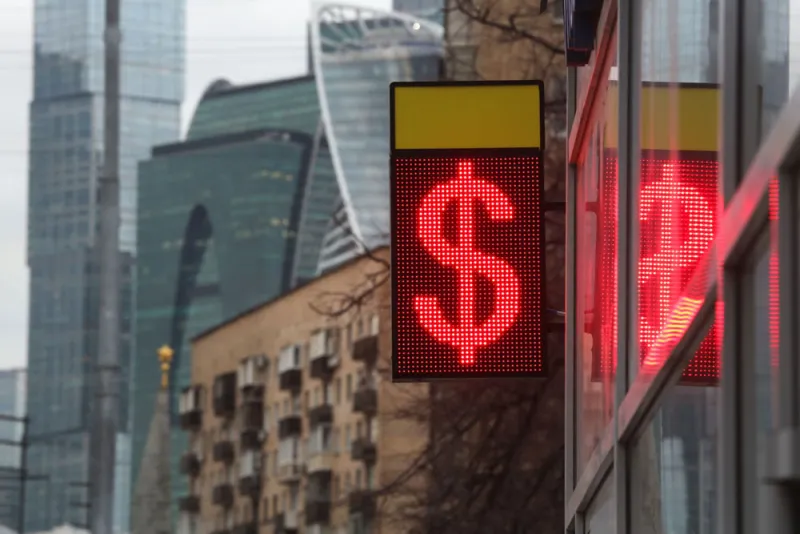The money market business was restructured after the financial crisis. Now it’s wobbling again as institutions withdraw their money in a race for cash.
Moody’s Investors Service has downgraded its outlook on global money markets to negative, from stable, according to a report this week from the credit ratings firm. The outlook indicates Moody’s view over the next year to 18 months of conditions affecting the creditworthiness of the money market fund industry.
“Unprecedented market volatility and economic uncertainty amid the coronavirus pandemic is fueling a flight to safety among investors,” Moody’s said in the report. “This flight to safety has led to elevated redemptions from U.S. prime institutional market funds and large inflows into U.S. government and Treasury money market funds.”
So far, liquidity and net asset values of rated U.S. and European money market funds have been fairly stable, according to Moody’s. “But we are changing our outlook on the global money market fund industry to negative from stable to reflect the considerable stress on U.S. prime funds’ liquidity and NAV from coronavirus-related market dislocation,” the credit rater said in the report.
In an interview with Institutional Investor, Rory Callagy, senior vice president at Moody’s, said liquidity conditions in the short-term market have become stressed over the last few days. Still, “the reforms that were made in 2016 have made the industry safer and more resilient to market shocks because they reallocated the assets from prime to government funds,” he added.
[II Deep Dive: New Money Market Fund Rules Roil Investors]
The Securities and Exchange Commission in October 2016 implemented changes to regulations to address weaknesses in prime money market funds, which mostly hold commercial paper. During the financial crisis, one money fund’s net asset value, or NAV, fell below its usual $1.00 per share, prompting a run on money market funds.
Among other things, the SEC has since enacted daily and weekly liquidity requirements, 10 percent and 30 percent, respectively, of a fund’s assets under management, and floating NAVs for institutional prime money market funds. Under the rule changes, funds’ boards of directors have also been allowed to charge fees on redemptions or temporarily impose restrictions on redemptions if funds breached weekly or daily liquidity requirements.
“As we saw that weekly liquidity ratios were declining and getting closer to the 30 percent threshold, we thought the likelihood of one fund that may have had a weaker cushion deciding to gate the fund had increased,” said Callagy. “It is our belief that once one fund gates, you’re likely to see a domino effect, and the whole industry could gate. That was the impetus for this. But let me draw one large distinction between now and ’08. It’s our belief that the credit quality of prime funds is strong, and the durations are relatively short. This is a liquidity issue.”
Over the past few days, U.S. prime institutional money market funds have lost between 10 percent and 12 percent of their assets as institutions have withdrawn their money, according to Callagy. Investor redemptions have reduced the amount of cash on hand that money market funds have and pushed their NAVs down.
“It’s amazing how quickly the industry has pivoted back to where we were in ’08. We’re seeing corporate treasurers now saying ‘get me out of prime money funds.’ They want to avoid any potential headaches. That’s why assets are plummeting in prime funds because any incremental pickup in yield isn’t worth the risk,” said Brandon Semilof, head of institutional sales for StoneCastle Cash Management. StoneCastle’s federally insured cash accounts have gained more than $2 billion from investors in the past few weeks.
To support overall liquidity in the markets, the Federal Reserve is now offering emergency loans as well as support for commercial paper. Callagy said these measures will also settle money market funds.
“The Fed’s Money Market Mutual Fund Liquidity Facility, which will make loans available to eligible financial institutions to purchase securities from U.S. prime money market funds, together with its recently announced CPFF [commercial paper funding facility] and PDCF [primary dealer credit facility] programs, are big steps to restore normalcy to short-term markets and reduce redemption stress on prime money market funds,” he said.







